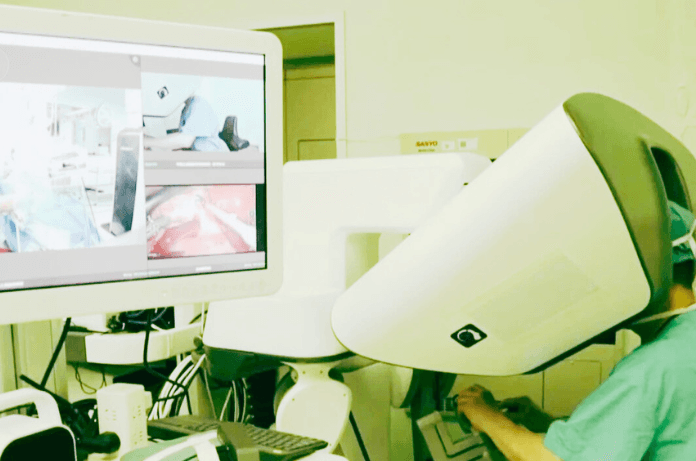In an incredible medical breakthrough, China has conducted the world’s first-ever satellite-based ultra-remote surgeries. This breakthrough opened new avenues for medical interventions in remote areas and high-alert zones. Including battlefields, disasters, etc., and areas with little or no healthcare access.
Imagine a patient lying in a hospital bed in Beijing while a surgeon from a city over 3,000 kilometers away operates with the help of cutting-edge technology. This is no longer science fiction. It is a reality powered by Apstar-6D, an advanced broadband communications satellite orbiting 36,000 km above the Earth.
Let us break the incredible achievement, and explore what it meant to the troops.
Satellite-Based Ultra-remote Surgeries: Technological Marvel
The Apstar-6D satellite, launched in 2020, powered the groundbreaking ultra-remote surgeries. With a high-throughput capacity of 50 Gbps and a 15-year lifespan, this advanced satellite is set to revolutionize long-distance communication and medical technology.
Doctors from the People’s Liberation Army General Hospital remotely conducted the first five surgeries from Lhasa in Tibet, Dali in Yunnan, and Sanya in Hainan. However, the patients were located in Beijing. The patients underwent medical procedures on their liver, gallbladder, or pancreas via the domestically developed surgical robot system.
Each precise movement made by the surgeons traveled approximately 150,000 kilometers in a two-way relay between Earth and satellite. Such control and accuracy in remote surgery had not happened in China or the whole world anytime before. All 5 patients recovered and were discharged the next day. The success of the series of 5 surgeries conducted remotely using satellite communication and robot systems symbolizes the testimonial to the feasibility, safety, and precision.
Data, Controls, and Diversified Team
The Apstar-6D satellite faces a unique challenge. Despite the satellite’s ability to cover a vast range for about one-third of the Earth’s surface from its geostationary orbit, it faces challenges to rely the data from long distances. Thus yielding bottlenecks to seamless communications reported Chinese Central Television.
Dr. Liu Rong has deployed multiple experts from various industries to overcome this challenge. Dr. Liu performed the first surgery and removed a liver tumor in a patient in Bejing. He assembled a diversified team of experts from the hospital, satellite operators, and manufacturers. This extraordinary team of experts optimized the communication links by implementing advanced data classification, Quality of Service (QoS) control, and traffic management.
These innovative solutions reduced the latency near the physical limits of satellite communication, thus significantly benefiting the safe and successful completion of surgeries.
Ultra-remote Surgeries: Future of Medical Procedures
The surgical procedures carried out in this system were quite complex. One notable procedure was removing a liver tumor from a patient in Beijing. Dr. Liu Rong from Lhasa administered one surgical robot, ensuring no damage to surrounding tissues.
Ultra-remote operations are quickly becoming a part of modern medical practice. According to SCMP, this milestone brings remote surgery closer to becoming “a fully normalized and commercialized clinical practice.” The successful use of the 5,500-kilogram Apstar-6D satellite proves that complex, long-distance surgeries can be performed safely, precisely, and at high speed.
Apstar-6D is the first in a planned constellation of 3 to 4 geostationary satellites. It is designed to provide broadband connectivity in remote locations across the Asia-Pacific region. And seamlessly link air and sea communications.

